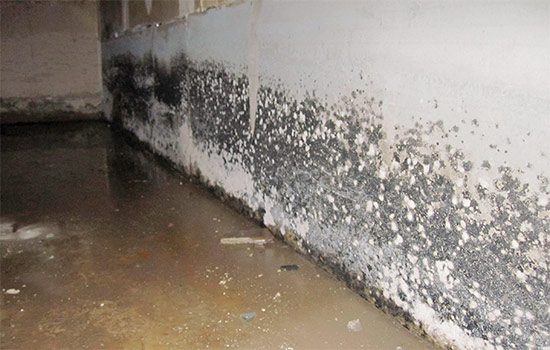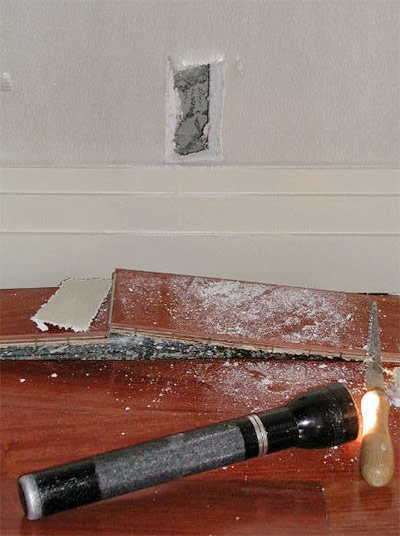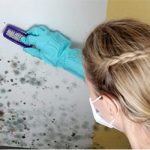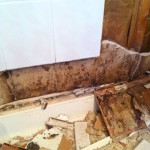How To Detect Mold On Walls – Mold can do a lot of damage to your home and pose huge health risks to you and your family members, it is therefore important to be aware of their presence as soon as possible. Before trying to look for mold in your home, it is important to know some of the things which can trigger the occurrence of mold in your home.

Water and darkness are the two biggest triggers of mold occurrence ever. Mold like a moisture containing environment where they can break down organic material and a dark place which shelters them from direct sunlight. How to detect mold in walls is a question that is common among many homeowners. Many homeowners from time to time grapple with the problem of mold and seek to know how to control them.
Detecting mold in walls
You will find different opinions on how to detect mold on walls but the first and most important thing to do is to smell the walls for any indication of mold inhabitation. Mold usually give off a damp and musty smell. This is like the smell of wet earth and decaying foliage. The presence of such kind of smell is an indication that mold are around.

Secondly, look for signs of moisture on your wall. Moisture can occur as a result of a leaking roof that lets in rain, a broken water pipe that runs through the wall, and damping. You can look at the wall or feel it for signs of moisture. You can alternative use a moisture meter to measure the moisture content of the wall or a hygrometer to measure the humidity of the room. Presence of moisture and especially in addition to dark rings on the walls is a sign that mold could be on the wall. Look also for signs of water damage on the wall such as cracking, bulging, and discoloration. All these indicate the presence of a mold colony nearby. Check also under taps and plumbing structures which are connected to the wall, mold could be hiding in such areas.
Read also : Mold Behind Shower Wall
Thirdly, check the areas in the wall which contain cellulite. These include wooden planks, plywood, paper calendars, and chipboard among others. Mold need food to survive and they mostly feed on decaying cellulite materials. They easily break down the cellulite in the presence of moisture and obtain nutrients from them.

Fourthly, you can use infrared technology and other equipment to find mold on your wall. Infrared technology is often used by professional mold inspectors to illuminate walls and confirm presence or absence of mold on them. Other equipment which can be used for detecting mold include borescope and other wall drilling machines. You should have a professional bore the wall for you so as not to cause damage to the entire wall.
How To Detect Mold On Walls
Lastly, you can tell the presence of mold through allergy symptoms. If you or your family member is allergic to mold and you develop symptoms such as sneezing while standing at a particular spot, that spot could be harboring mold.




